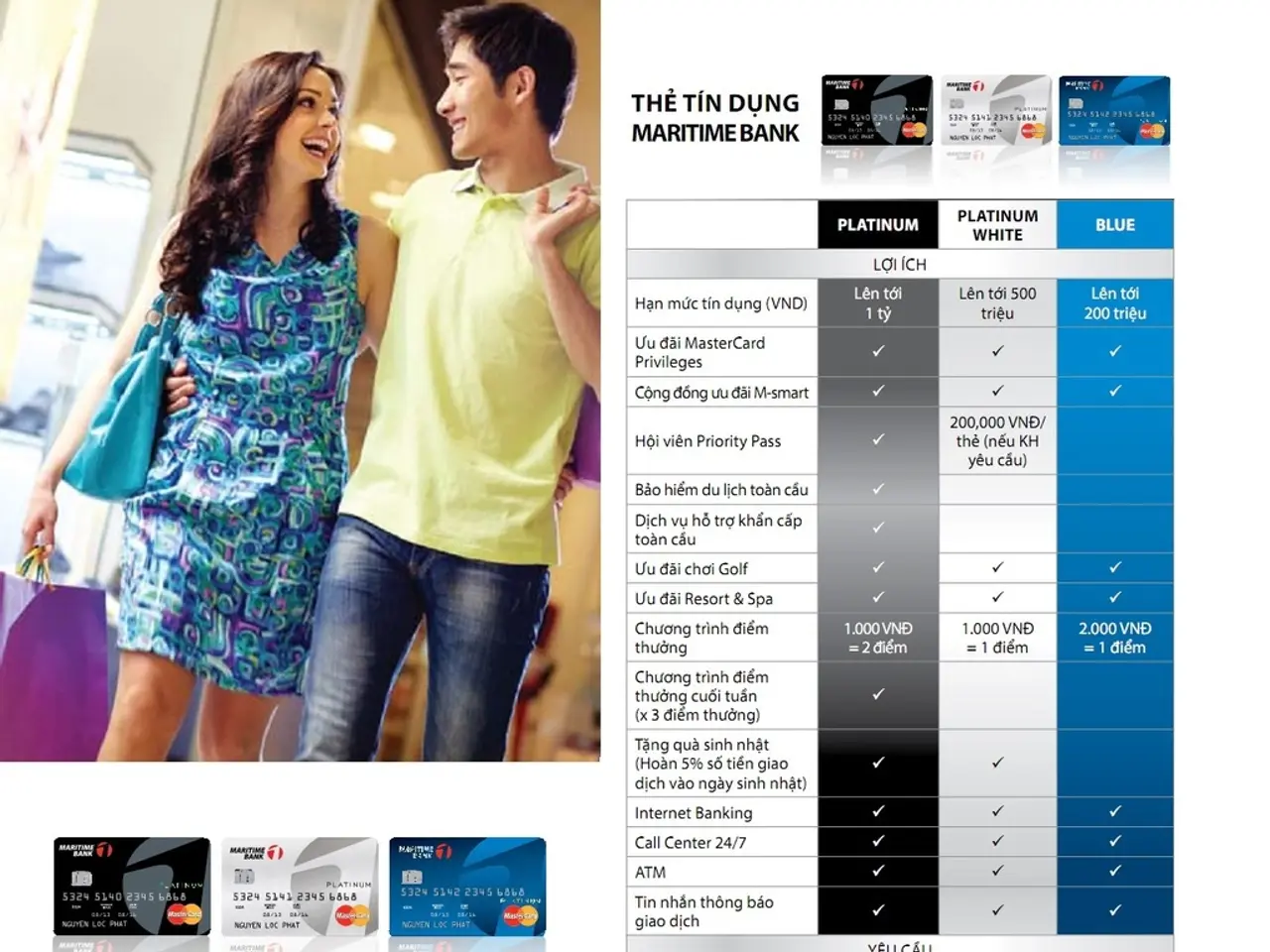Weekly Strategies: Organizing Your Schedule
In the realm of productivity, finding the perfect planning system is a journey of trial and error for many individuals. One such individual, who prefers to remain anonymous, has found success in a hybrid digital and analog approach to weekly planning. This method combines the strengths of tangible, visual aids with the flexibility and connectivity of digital tools, resulting in a well-balanced system that promotes focus, flexibility, and visual management.
At the heart of this system lies the use of post-its, which serve as movable, visible reminders and micro-tasks. Daily or weekly tasks are written on these small notes and placed on a wall, whiteboard, or planner. This physical arrangement allows for easy prioritization, quick adjustments, and visual reinforcement of priorities and deadlines. It's particularly useful for breaking down projects into smaller actionable steps and for maintaining focus on top priorities without the distraction of overly long lists.
Another crucial component of the system is the monthly at-a-glance planner. This physical calendar provides a big-picture context for planning, showing the entire month's overview on one page or board. Important deadlines, events, or goals are marked to maintain awareness of upcoming time constraints and to help plan weekly tasks realistically. It serves as a scaffold for weekly plans, helping prevent overcommitment and providing visual cues about availability.
The digital component of the system is a shared Google Calendar, used for hard commitments like meetings, deadlines, appointments, or shared responsibilities. Because it's digital and shared, it allows real-time updates and collaboration with others, ensuring everyone involved has up-to-date scheduling information. It also supports reminders and blocking out dedicated focus times, or "white space," for deep work or buffers that protect mental space and reduce scheduling conflicts.
The weekly planning process typically unfolds as follows:
1. Consult the monthly at-a-glance planner to understand the month’s major deadlines, events, and commitments. 2. Review the shared Google Calendar to identify fixed, non-negotiable appointments and to block out focus periods. 3. Use post-its to write down daily and weekly tasks, placing them on a weekly planner or workspace where they can be easily seen, moved, or removed as priorities shift. 4. Limit the number of post-it tasks each day based on available time and task complexity, avoiding overcommitment by paying attention to physical space/lines as an analog cue to capacity. 5. Adjust the post-it task list throughout the week as tasks are completed or reprioritized, while checking digital calendar events for new obligations. 6. Share and coordinate with others through the Google Calendar to stay aligned on collaborative deadlines and meetings.
This hybrid approach leverages the tangible benefits of physical tools for focus, flexibility, and visual management, while exploiting the connectivity, reminders, and shareability of digital calendars. It helps users avoid the overwhelm of sprawling digital to-do lists or the inflexibility of purely analog planners, promoting realistic scheduling, greater productivity, and reduced stress from overcommitment.
For this individual, the hybrid approach has proven to be a successful solution for balancing their work and personal life, as well as their shared planning system with their partner, Jono. Events or appointments that come up are marked with post-its and added to the correct month. Priorities and categories are set for the tasks. The system has been refined through trial and error to work effectively for them, offering a personalised solution to the challenges of modern planning.
In conclusion, a hybrid digital and analog weekly planning process offers a balanced, efficient workflow that can be tailored to individual preferences and work styles. It uses post-its for flexible, visible, and tangible task management, a monthly at-a-glance planner for big-picture context and realistic weekly planning, and a shared Google Calendar for fixed commitments, collaboration, and time blocking. This method supports a focused, adaptable, and productive planning experience.
In the realm of personal growth and lifestyle, this individual has found a unique approach to weekly planning that incorporates social media for sharing and coordinating with others, such as partner Jono, through the use of a shared Google Calendar. Additionally, home-and-garden items like post-its and monthly planners facilitate flexible and tangible task management, promoting visual management, focus, and reduced stress from overcommitment. This hybrid system also supports education-and-self-development by encouraging realistic scheduling and personalized solutions to the challenges of modern planning.




